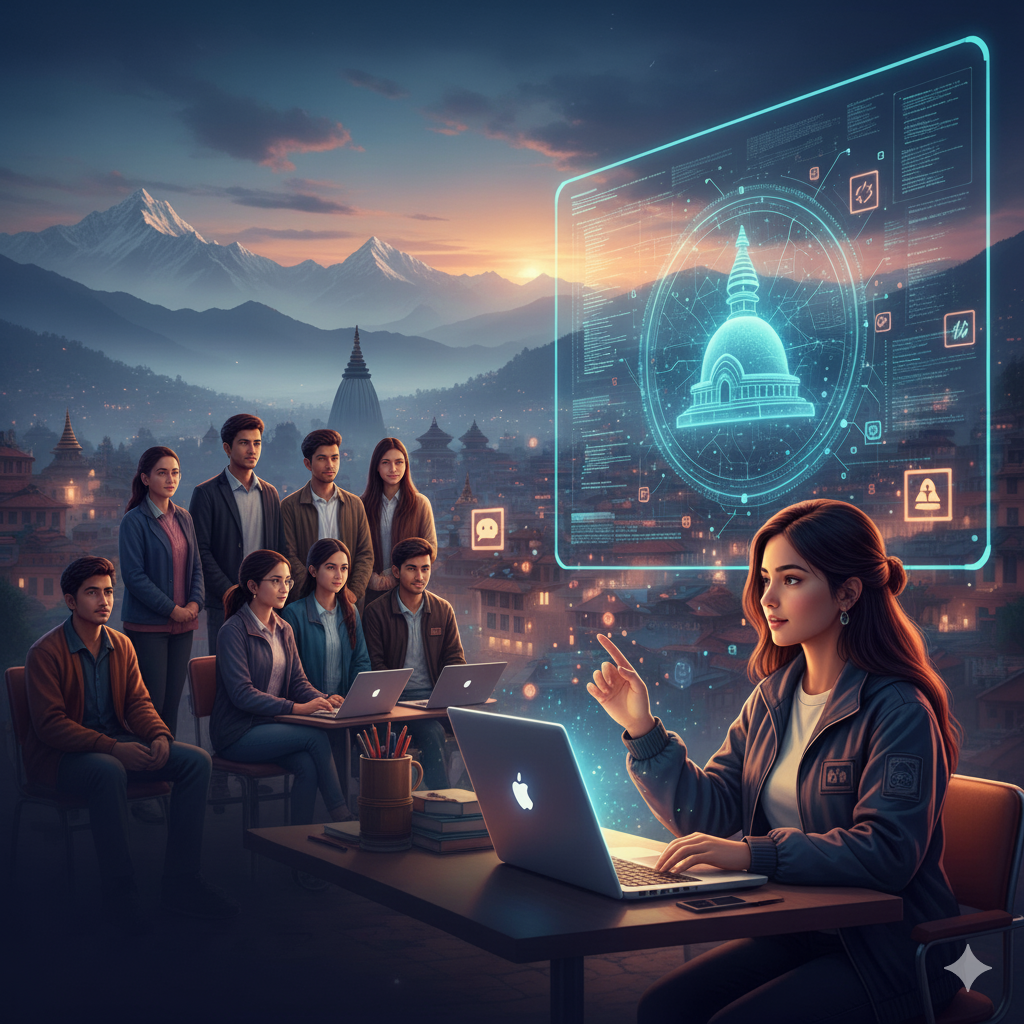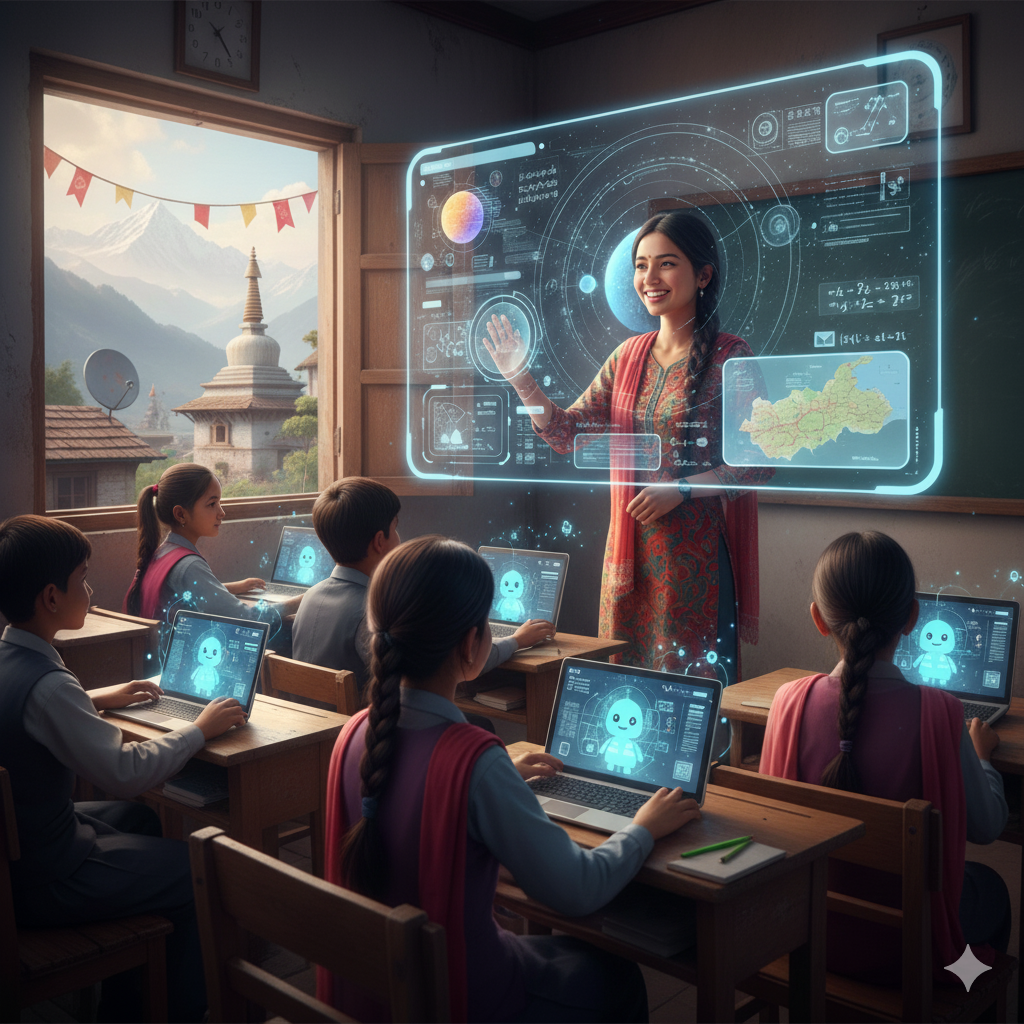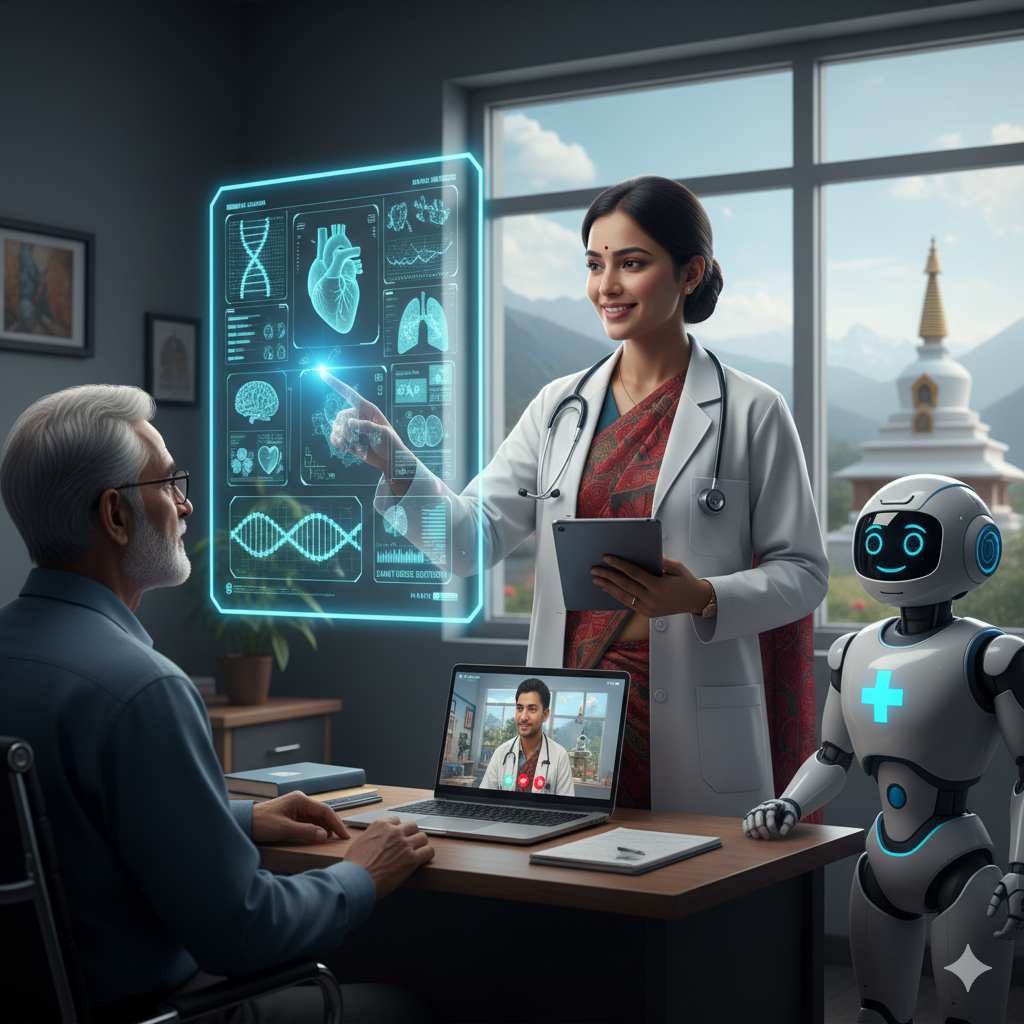
🤖 The Current State of Artificial Intelligence in Nepal
Exploring Nepal's position in the global AI revolution. From awareness and education to business applications and challenges, discover where Nepal stands in this technological transformation.
Read More


